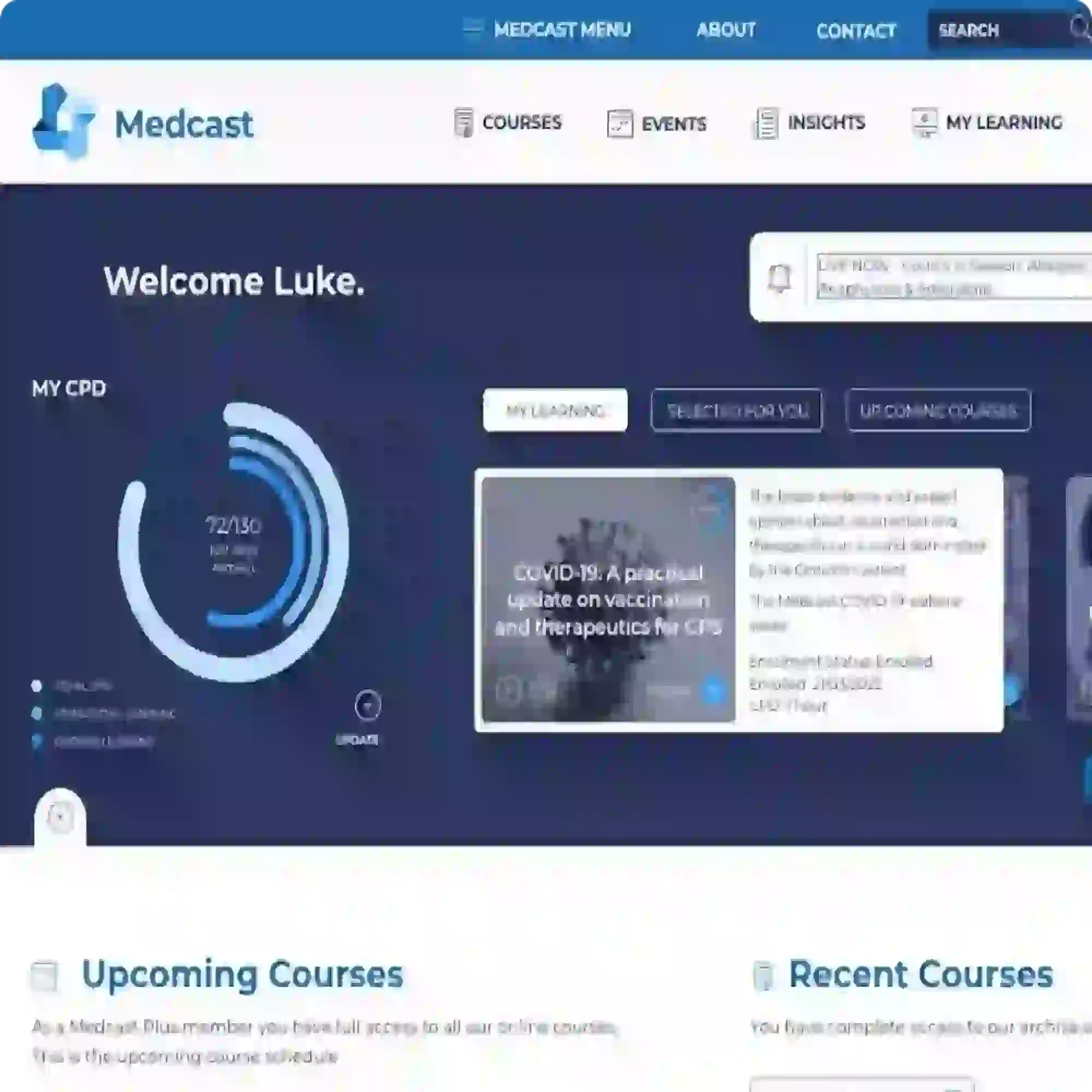The Importance of Being Earnest
Oscar Wilde may have had it right when he said:
“The truth is rarely pure, and never simple”
We can apply this to the complex task of clinical communication.
“What you see or hear, may not be the same as what the other sees or hears”
You may be familiar with the famous Rubin's Vase:

(Image sourced from Ataturk 2011 https://commons.wikimedia.org/wiki/File:Face_or_vase_ata_01.svg)
There are many optical images like this that help us demonstrate cognitive pattern matching, but what happens when there are changes, and what we are expecting to see isn’t quite the same? Is it easier or harder for you to see the vase and the faces in this image compared to the first one? Are you able to see both? What do you need to do to see both? Can you see both at the same time?

(Image sourced from Paolo Gonzales 2024 https://commons.wikimedia.org/wiki/File:Rubin_vase.png)
Perhaps the better question would be:
Is one independent of the other, or is the image of the vase and the image of the two faces in fact interdependent on each other?
What’s in a name?
Why have the terms soft skills and non-technical skills been applied to something that can be both HARD and TECHNICAL? If we have to use a label, should we be more honest & realistic and start adopting a universal term that stops categorising skills that aren’t independent of each other? When we use terminology like ‘soft’ or ‘non-technical’ we imply these things are less important or easy. This is far from the truth.
The Essential Skills of Resuscitation
Rather than creating a divide in training by focusing on individual skills of resuscitation, it is time to integrate our approach and teach these skills in the way that they will be applied.
To defibrillate a patient, I need the essential knowledge of what a shockable rhythm looks like, I need the essential muscle memory of how to charge and deliver a shock with the defibrillator, but I also need the essential words and command of the situation to perform COACHED & deliver that shock with less than 5 seconds off the chest.
If I am only thinking of what VF looks like, or how to charge the defibrillator & where the shock button is, or what the words are for each step of COACHED, chances are that 5 second pause will become 10, or 20 or 30.
What do we need to stay proficient?
What do we need to get better?
What do we need to truly excel & improve outcomes?
The essential skills of resuscitation means you have the knowledge, skills and awareness of how to apply these together. You can see the vase and the faces independently and together, and you know when to prioritise one and integrate both.
Don’t just get good at interpreting the rhythm, or pushing shock or saying “Hands off, analysing”. Get good at applying those skills together to the situation in front of you. Get good at the essential skills….as a collective.
Related courses
Critical Bytes - The role of crisis resource management
PREPARED - Preventing & Responding to Clinical Deterioration
PACED: Paediatric Assessment of Clinical Emergencies & Deterioration
Advanced Life Support (ALS) course
Paediatric Advanced Life Support (PALS) course

Susan is the Head of Nursing Education for the Medcast Group.
DipAppScNsg, BN, CritCareCert, CoronaryCareCert, TraumaNsgCareCert, CertIV(TAE), MN(Ed), and GradCert(Ldrshp & Mgt).
Become a member and get unlimited access to 100s of hours of premium education.
Learn moreFollow James, a 7-year-old boy scheduled for a tonsillectomy and adenoidectomy, as we explore how the 4 P’s of child preparation – Prepare, Play, Parent, Praise – can be used in day surgery to reduce procedural anxiety, support family-centred care, and improve the overall patient experience
Caregiver concern is a powerful predictor of clinical deterioration in children, often surpassing abnormal vital signs. A recent Lancet study confirms its association with ICU admission and ventilation. Integrating caregiver input into assessments, documentation, and escalation protocols can significantly improve early recognition and outcomes in paediatric emergency care.
Sepsis is a time-critical medical emergency. The National Sepsis Program urges GPs and primary care clinicians to enhance early recognition and management of sepsis to save lives. This update outlines key actions and available resources to support timely diagnosis and intervention across primary care settings.
